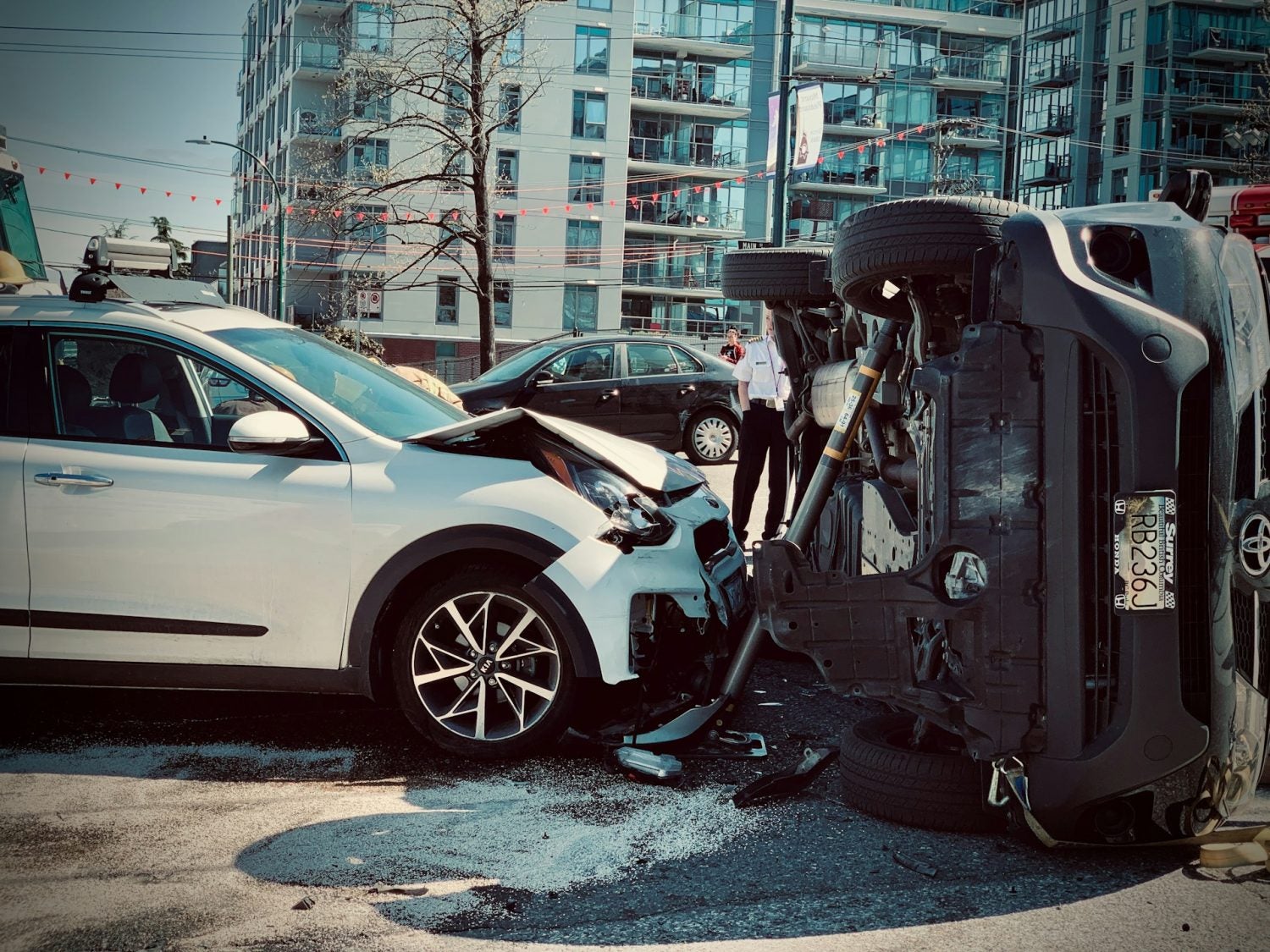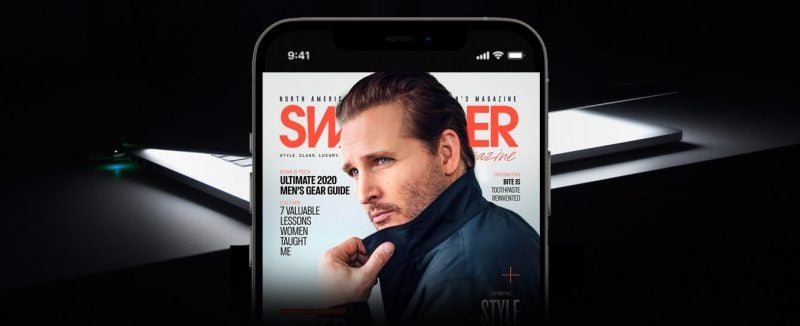You buy a luxury car. Check the “full coverage” box. You feel set.
Then, a crash happens. Other driver’s uninsured. Your medical bills? Sky-high. Your policy? Useless. Now you’re draining your savings just to stay afloat.
Sound extreme? It’s not. Insurance companies bank on confusion—and even smart, successful drivers fall for it.
Let’s break down three of the biggest lies keeping crash victims broke—and how to protect yourself before it’s too late.
Lie #1: “Full Coverage” Means You’re Fully Protected
Spoiler: “Full coverage” doesn’t mean full anything. It’s not a legal term—it’s just sales talk. When most people hear “full coverage,” they assume it includes everything: medical bills, repairs, rental cars, maybe even lost income.
But in reality? It usually just means you have what your state requires—and maybe a bit more. That often includes:
- Liability coverage (for damage you cause to others)
- Collision coverage (for damage to your own car in a crash)
- Comprehensive coverage (for non-crash events like theft, floods, etc.)
What’s missing from that list? The parts that actually protect you—like uninsured/underinsured motorist coverage (UM/UIM), medical payments (MedPay), or rental reimbursement. These are typically add-ons, not part of your base “full coverage.”
Let’s start with Florida, one of the most misleading examples out there. Drivers aren’t even required to carry bodily injury liability coverage. That means someone can cause a crash, send you to the hospital, and legally walk away with zero responsibility for your medical bills. If you don’t have the right coverage on your own policy, you’re paying for someone else’s mistake.
Over in California, the minimum liability coverage is just $15,000 per person for injury. In 2025, that might not even get you through the ER door. Add a night in the hospital, imaging scans, or physical therapy, and you’re already drowning in out-of-pocket costs.
By contrast, New York and Maine do it better. These states require more robust coverage, including uninsured/underinsured motorist protection (UM/UIM), which helps pay your bills when the other driver’s insurance comes up short—or doesn’t exist at all. But states like that are the exception, not the rule.
The bottom line? “Full coverage” is a comfort phrase. It sounds complete, but unless you’ve reviewed your policy and intentionally added the right protections, you’re probably underinsured.
Pro Tip: Call your insurer. Ask them to walk you through your exact coverage—line by line. Then ask what’s missing. And make sure it’s all in writing. Because when it comes to insurance, assumptions are expensive.
Lie #2: “You Don’t Need a Lawyer If It’s a Clear-Cut Crash”
Here’s the truth: Insurance companies aren’t in the business of being fair—they’re in the business of paying you less.
Even if the crash is obvious and the other driver is clearly at fault, adjusters are trained to protect profits, not people. That means delays, lowball offers, and sneaky tactics—even if you’re their own policyholder.
And, depending on where you live, it gets worse. In Georgia, they use “comparative negligence” which means if they can pin even 10% of the blame on you, they’ll slash your payout.
Florida? Recent legal changes make it harder than ever to sue or recover fair compensation. Time limits are tighter. Rules are stricter. If you’re not backed by someone who knows the system, you’re getting played. That’s why having a car accident lawyer from Miami isn’t just for lawsuits—it’s for leveling the playing field the second your case begins. Someone who knows the system, knows the new rules, and knows how to keep insurance games from costing you real money.
Pro Tip: You don’t need a lawyer to file a claim. But when that offer comes in way lower than your ER bill? You’ll be glad someone’s already in your corner.
Lie #3: “If It’s Not Your Fault, You Won’t Pay”
Sounds fair, right? If someone else crashes into you, their insurance should cover it.
But here’s the myth-buster: That only works if they actually have insurance.
Over 1 in 8 drivers in the U.S. are out there completely uninsured. In states like Mississippi, Michigan, and Florida, that number jumps to nearly 1 in 4. So, when the crash happens and the other guy has nothing? You’re the one stuck holding the bag.
This is where UM/UIM coverage (uninsured/underinsured motorist) comes in. It’s the single most important add-on no one talks about. It kicks in when the other driver’s policy can’t—or won’t—cover your medical bills, lost wages, or pain and suffering.
But here’s another twist most people don’t see coming: You could be found partially at fault—even if you’re sure you weren’t. In many states, fault isn’t black and white. If the other driver ran a red light, but you were speeding? That might reduce your payout by 20%, 40%, or more. It’s called comparative negligence, and it’s one of the most common ways insurers shrink what they owe you.
Bottom line: Even if you’re not “at fault,” you could still pay—in reduced compensation, uncovered bills, and out-of-pocket costs you never saw coming.
Pro Tip: The legal minimum is just that—minimum. It’s designed to protect everyone but you. Add UM/UIM. Stack it. Build your policy like your life depends on it—because one day, it might.
Bonus Section: What the Smartest Drivers Do Differently
Look, the difference between going broke and bouncing back after a crash? It’s not luck. It’s strategy. Here’s what the smartest (and best-prepared) drivers are doing right now:
- Review their policy every year. Your lifestyle evolves—your coverage should, too.
- Carry uninsured/underinsured motorist coverage (UM/UIM). It’s the real “just in case” protection.
- Add MedPay or PIP coverage. Even if it’s optional in your state, it helps cover out-of-pocket medical costs fast.
- Call a lawyer before talking to the adjuster. One wrong sentence can cost you thousands.
- Document everything. Missed work, physical pain, mental stress—keep track. It all matters when it’s time to fight for compensation.
Summary: Smart Protection Is Stylish
Protecting yourself after a crash goes beyond what you drive or how much you pay for insurance. True protection means understanding your policy, knowing what’s missing, and making smart choices before something goes wrong.
Being prepared isn’t just practical—it’s part of protecting your lifestyle, your finances, and your future.

















